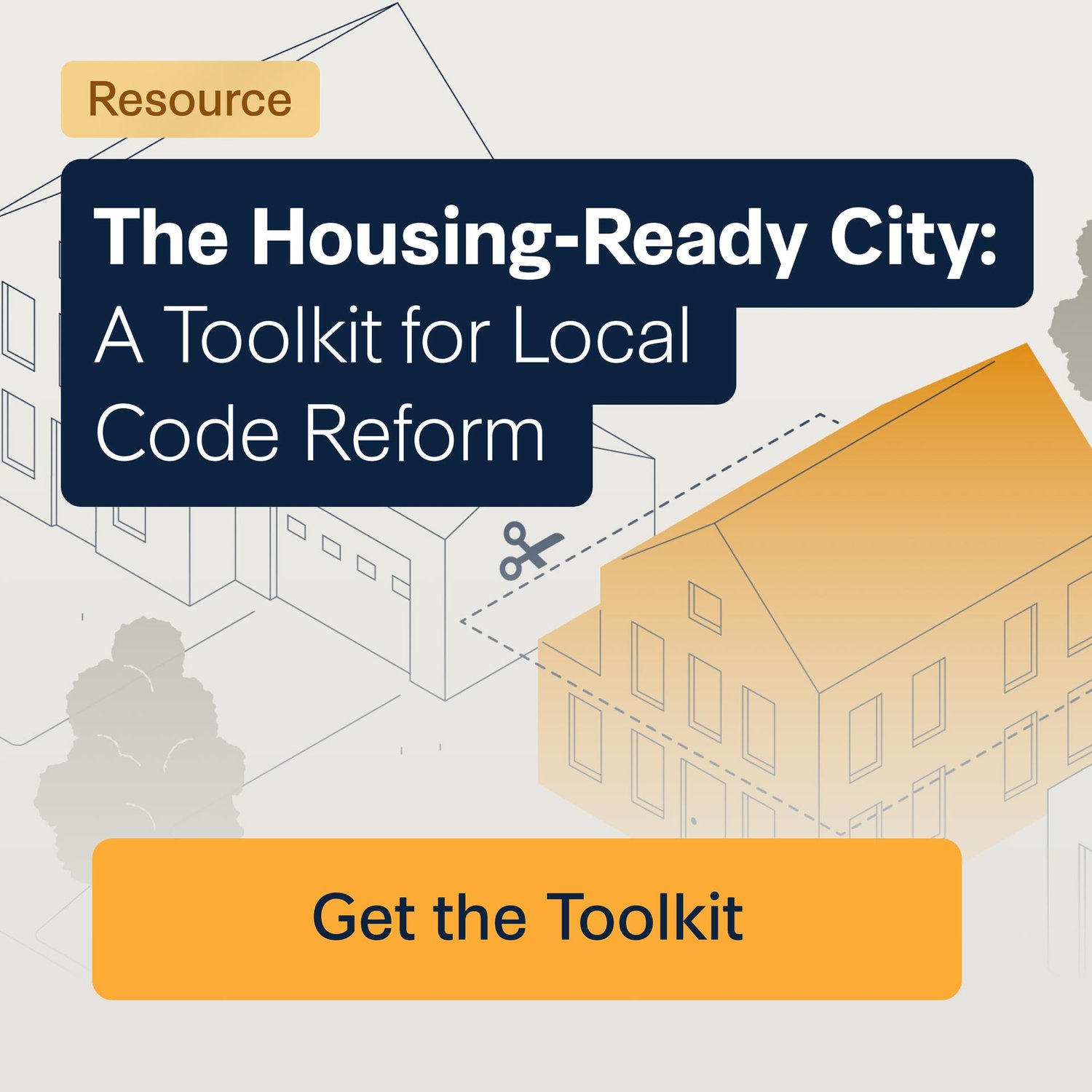Small Changes With Big Impacts in Dallas
Dallas’ new laws will allow for the creation of small apartment buildings like this one. (Source: Warren LeMay on Flickr.)
On April 23, the Dallas City Council did something worth paying attention to.
They voted unanimously to approve a change to the city’s building code that allows up to eight dwelling units in three-story buildings under a modified version of the International Residential Code (IRC). It’s not sensational clickbait or even a headline-grabber. But it’s the kind of shift that can quietly open the door to a more financially productive, people-scaled city.
Here’s why this matters—and what every city should be watching for.
We’ve Made It Too Hard to Do the Right Thing
In cities across the United States, we’ve created a situation where it’s actually illegal—or at least practically impossible—to construct the kinds of buildings that have traditionally made our places strong.
I’m not talking about luxury towers or massive apartment blocks. I’m talking about small apartment buildings, duplexes, and fourplexes. A house with a few extra units out back. The kinds of places people can afford to live in without needing a car for every adult or a $100K income.
For decades, cities like Dallas have forced these kinds of buildings into the commercial building code. That translates into extra cost, extra regulation, and a long list of hoops to jump through. Not because they’re unsafe—but because the system assumes that more than one unit means more than one problem.
What Dallas just did is make it easier to do what makes sense. They’re saying, “Let’s stop pretending that a triplex is the same thing as a high-rise office tower.”
And that’s a good thing.
A Win for Incremental Development
If you’ve been part of the Strong Towns conversation for a while, you’ve probably heard us talk about the missing middle. These are the kinds of buildings that used to quietly fill in our neighborhoods over time—before we made them illegal.
They’re the financial backbone of productive places. They allow families to live near jobs, near schools, near each other. They create room for small developers and local builders—not just big players. And they help us make better use of the massive infrastructure investments we’ve already made.
This change in Dallas won’t solve the housing crisis. But it removes a key obstacle. It creates the conditions where small-scale, bottom-up development can actually happen.
Don’t Wait for Perfect
We’ve seen this again and again: Cities wait until they can solve everything all at once. They look for the silver bullet, the grand plan, the billion-dollar solution. Meanwhile, they ignore the small, sensible changes that could be made right now.
This isn’t a silver bullet. It’s not meant to be. It’s a small bet—one that could pay off big over time. It’s worth celebrating.
Every city should be asking:
Are we making it easier or harder to build financially productive neighborhoods?
What assumptions are baked into our codes, and do they still make sense?
Are we willing to fix the systems that may be quietly doing the most harm?
If you’re a local advocate, this is your moment. Dig deeper and learn more through our housing toolkit. Ask your planners what code your city uses for small multi-unit buildings. Ask your elected officials about potential reforms. Start the conversation.
Because a strong town isn’t built overnight. It’s built by shifting the systems that are holding it back. Let’s keep doing the hard, boring work that actually gets results.






